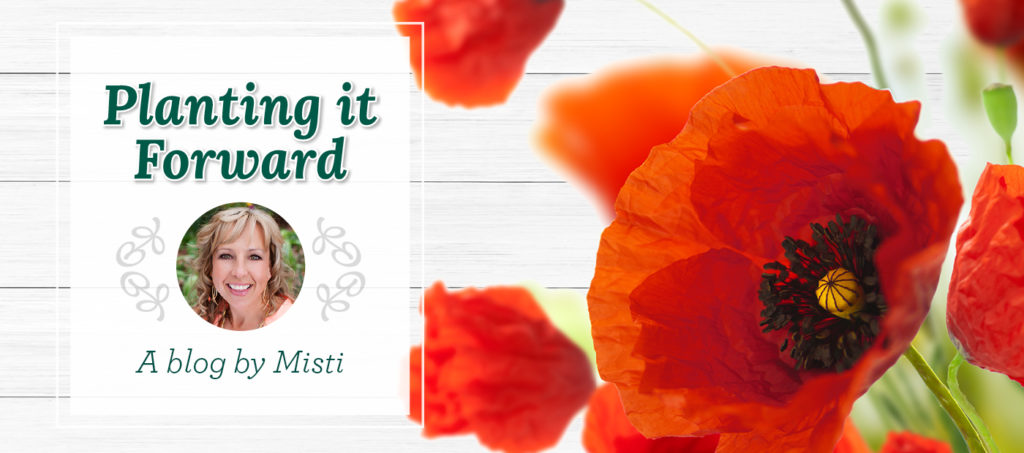
By definition, warm season vegetables are the ones that really can’t stand the cold – things like tomatoes and eggplants and melons. Because they are so susceptible to cool temperatures, they are typically planted outdoors only after the last frost of the spring.
Which is a problem here in northern Arizona. By the time we have the last frost of spring here, it’s practically summer.
Don’t let the lovely temperatures of the last few days fool you. We can get a frosty night right up until June 15, and that’s way too late to get your plants in the ground and have them mature. We need to start them now!
Fortunately, there are ways to get your delicious warm season veggies planted and still protect them from late season frosts.
First off, let’s talk about where you are planting them. We like the idea of putting your veggie plants in raised garden beds or containers where you can ensure they are in nutrient-rich soil.
Once they are planted, it’s time to invest in some season extenders.
The most popular ones are tubes of water that go around the plant. They absorb heat during the day and keep you plant toasty at night. Additionally, they warm up the soil under your plant, which promotes good root growth and lessens the chance of shock, which will make your plant stronger.
You can also go the DIY route with PVC pipe and thick plastic. Just assemble the pipe into a frame that can cover your plants and attach the plastic to it. Pull it over your veggie beds at night and just make sure to take it off during the daytime.
Growing warm weather vegetables in our region can be a bit of a challenge, but let’s face it – when you bite into that yummy pepper or cucumber or tomato, you’ll know that all your hard work was worth it.
Happy Gardening!
Misti